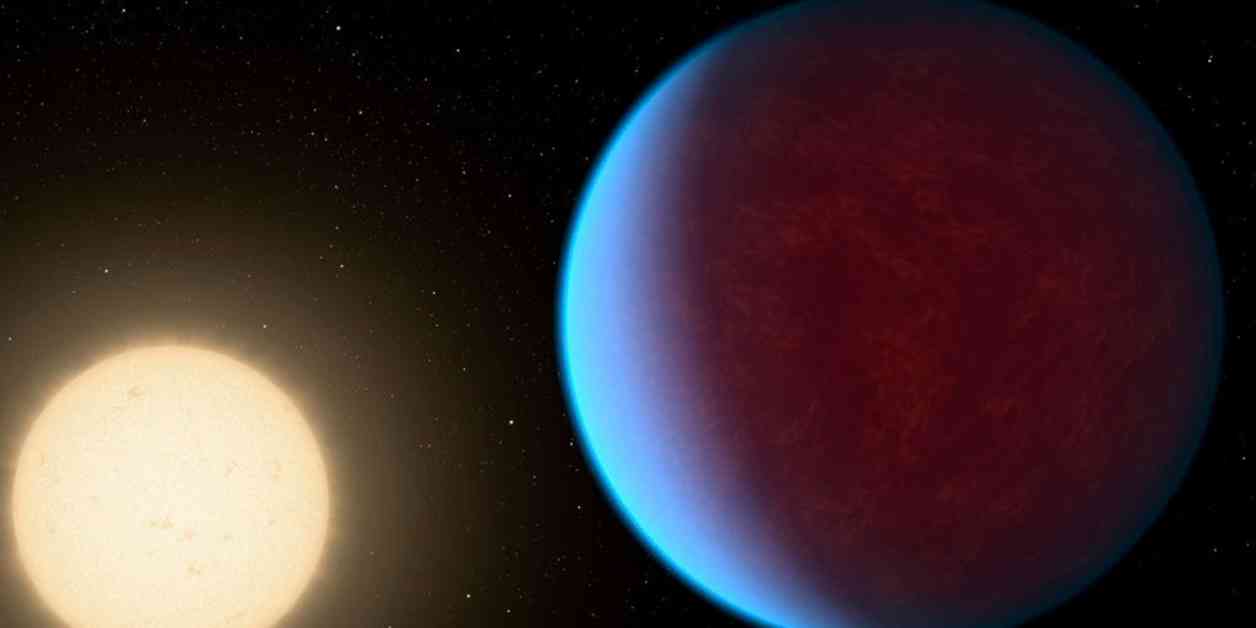A thick atmosphere has been discovered around a planet called 55 Cancri e, which is classified as a super Earth due to being twice the size of our planet. This finding is significant as it is one of the few rocky planets outside our solar system with a substantial atmosphere composed of carbon dioxide and carbon monoxide, although the exact composition is not known.
Super Earth planets are larger than Earth but smaller than Neptune, and they are not likely to support life due to their extreme temperatures. 55 Cancri e, located about 41 light years away, reaches temperatures as high as 4,200 degrees Fahrenheit, making it inhospitable. However, the presence of a thick atmosphere on this planet raises the possibility that other rocky planets with similar atmospheres could exist, some of which may be more conducive to life.
Researchers used the Webb Space Telescope to study the planet’s atmosphere by observing it before and after it passed behind its star. By analyzing the light emitted from the planet versus its star, they were able to calculate the planet’s temperature and observe how heat was distributed across its surface. The presence of gases from magma oceans on the planet may contribute to maintaining its atmosphere, providing insights into early planet evolution processes.
This discovery offers a rare opportunity to study the evolution of planets like Earth and Mars, which may have also had magma oceans in their early stages that have since cooled. By exploring this super Earth, scientists hope to gain valuable knowledge about planet formation and evolution processes. The research, published in the journal Nature, sheds light on the diversity of exoplanets in our galaxy and opens up new possibilities for future discoveries in the field of astronomy.




